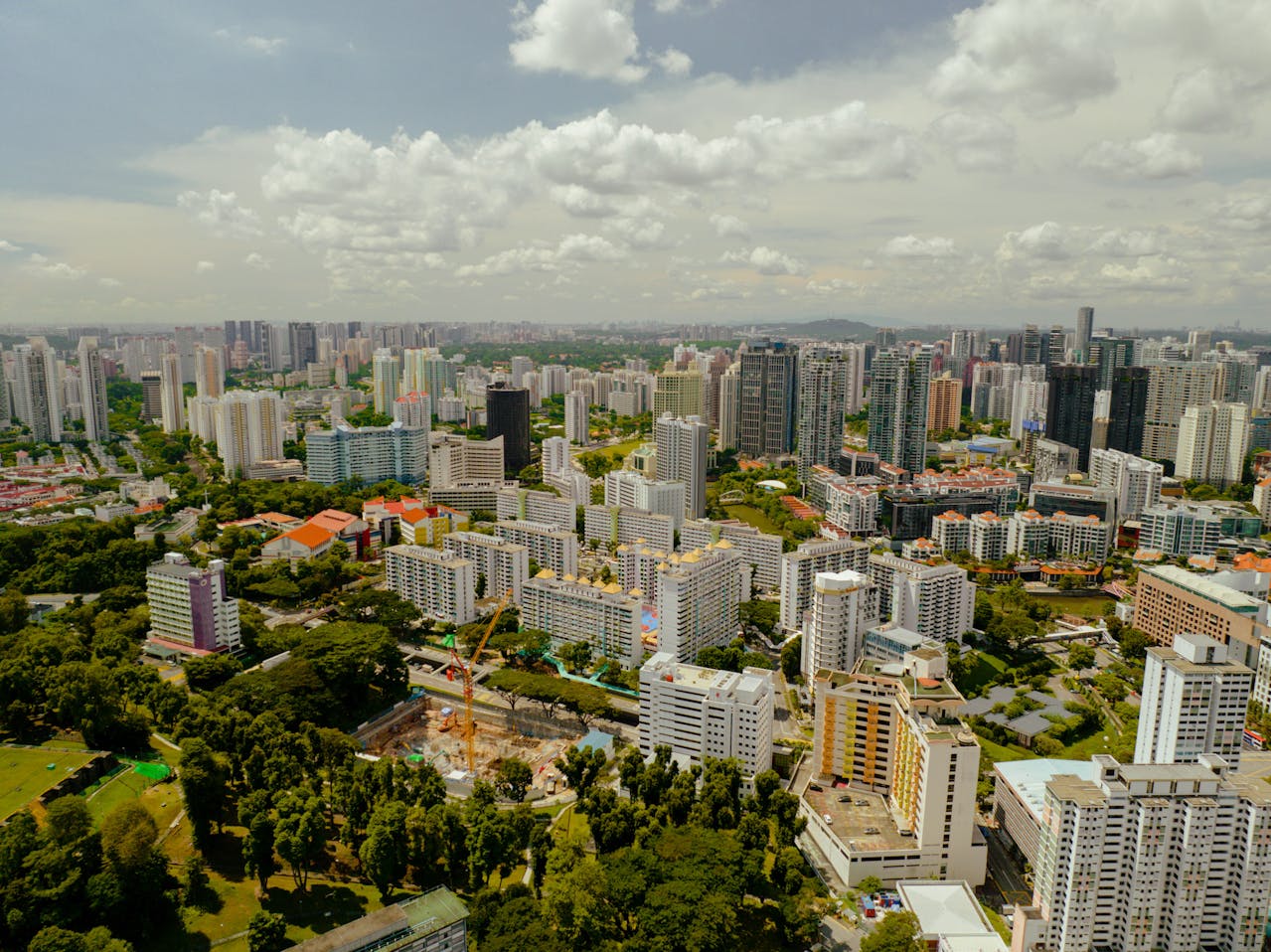
Urban environments are often synonymous with towering skyscrapers and bustling streets. However, there’s a growing movement to integrate temporary green spaces into cities and communities, transforming urban landscapes into vibrant, eco-friendly environments.
These temporary green havens not only beautify our surroundings but also offer numerous benefits for residents and the environment alike. Whether you’re an aspiring botanist, a biology student, a florist, an eco-conscious urban dweller, or a community planner, understanding the impact and potential of temporary green spaces is crucial.
The Rise of Temporary Green Spaces
Temporary green spaces, often referred to as pop-up parks or urban gardens, are becoming increasingly popular in cities worldwide. These spaces are designed to be flexible and adaptable, allowing them to be implemented in various locations and for different durations.
They can range from small community gardens to larger installations that transform vacant lots into lush, green areas. The rise of these spaces is driven by a growing awareness of the importance of green environments and the need for sustainable urban development.
Benefits for Communities and Cities
Enhancing Community Well-being
Green spaces have been shown to promote mental and physical well-being among residents. They provide a place for relaxation, exercise, and social interaction, which can lead to improved mental health and a sense of community belonging. In densely populated urban areas, access to green spaces can significantly enhance the quality of life.
Environmental Impact
Temporary green spaces contribute to environmental sustainability by improving air quality, reducing urban heat island effects, and supporting biodiversity. Plants act as natural air filters, absorbing pollutants and producing oxygen. They also provide habitats for wildlife, promoting biodiversity in urban settings.
Economic Advantages
Integrating green spaces into urban areas can boost local economies by attracting visitors, increasing property values, and fostering a sense of pride among residents. Businesses located near green spaces often experience increased foot traffic, contributing to economic growth in the community.
How to Create a Temporary Green Space?
Choosing the Right Location
Selecting the appropriate location is crucial for the success of a temporary green space. Consider factors such as accessibility, visibility, and available sunlight. Vacant lots, unused parking spaces, and rooftops are popular locations for implementing these green oases.
Designing for Flexibility
The design of a temporary green space should be adaptable to different needs and conditions. Use modular elements such as movable planters, seating, and shade structures that can be easily rearranged or relocated as needed. This flexibility allows the space to evolve over time and cater to the changing needs of the community.
Involving the Community
Engaging the community in the planning and implementation process is essential for the success of a temporary green space. Involve local residents, schools, and organizations in the creation and maintenance of the space. This not only fosters a sense of ownership but also ensures the space meets the needs and preferences of the community.
Success Stories and Inspirations
Global Examples
Cities around the world have successfully implemented temporary green spaces that serve as inspiring examples. From New York City’s High Line Park to London’s Pocket Parks, these projects demonstrate the potential of green spaces to transform urban environments.
Local Initiatives
Closer to home, many communities are taking the initiative to create temporary green spaces. For instance, the Salt Lake plant nursery has partnered with local organizations to develop pop-up gardens and green installations in urban areas. These projects showcase the power of collaboration and community involvement in enhancing urban landscapes.
Overcoming Challenges
Funding and Resources
Securing funding and resources can be a challenge when creating temporary green spaces. Seek out partnerships with local businesses, government agencies, and non-profit organizations to support your project. Grants and crowdfunding campaigns can also be effective ways to raise funds.
Maintenance and Sustainability
Ensuring the long-term sustainability of a temporary green space requires ongoing maintenance and management. Develop a plan for regular care, including watering, pruning, and cleaning. Engage community volunteers and local organizations to share the responsibility of maintaining the space.
Navigating Regulations
Navigating zoning laws and regulations can be a hurdle when implementing a temporary green space. Work closely with local authorities to understand the requirements and obtain necessary permits. Collaboration and communication are key to overcoming regulatory challenges.
Also Read: How Artificial Grass Can Simplify Your Yard?
Future Prospects and Innovations
Technological Advancements
Advancements in technology are opening new possibilities for temporary green spaces. Innovations such as vertical gardens, hydroponic systems, and smart irrigation can enhance the efficiency and sustainability of these spaces, making them more accessible to urban communities.
Expanding Urban Green Networks
The concept of temporary green spaces is evolving into broader urban green networks that connect various green areas within a city. These networks aim to create seamless corridors of greenery that enhance ecological connectivity and provide continuous benefits to residents.
Temporary green spaces offer a unique opportunity to transform urban environments and enrich the lives of residents.
By understanding the benefits and potential of these spaces, communities and cities can work together to create vibrant, sustainable green oases in the heart of urban areas.
Whether you’re a botanist, student, florist, urban dweller, or planner, consider how you can contribute to this growing movement and help shape the future of green urban living.








